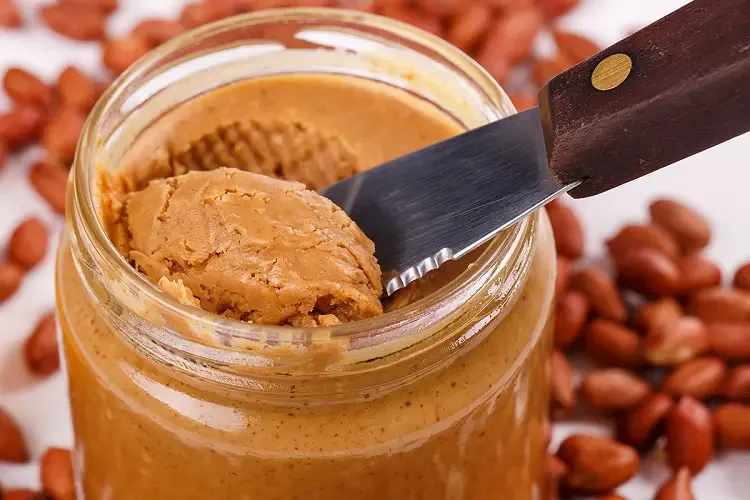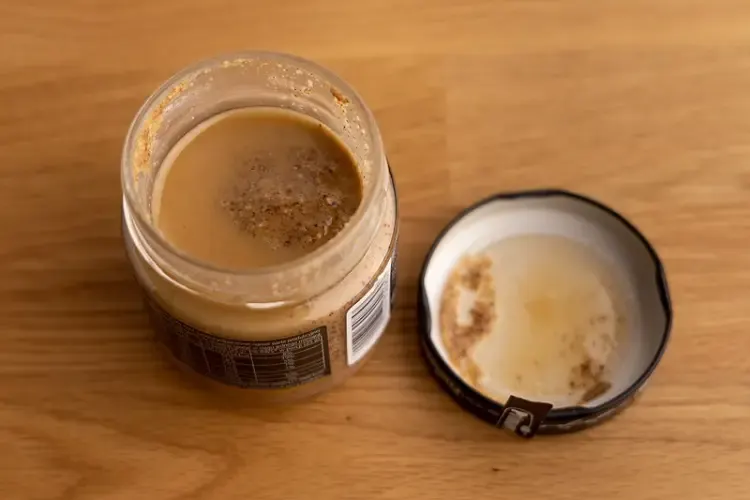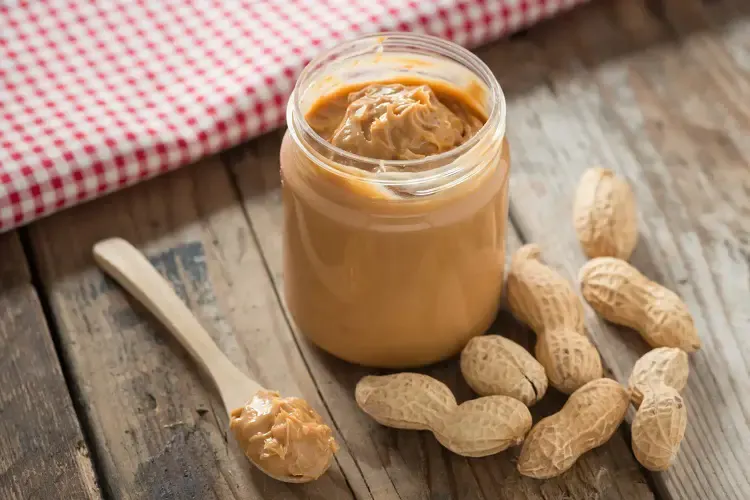SHTFDad may collect a share of sales or other compensation from the links on this page.
Peanut butter is a creamy and silky delight. Many people adore it and pair it with a wide range of dishes.
Peanut butter has earned its position in people’s kitchens. This versatile ingredient adds a nutty richness to a wide range of recipes, from sandwiches to cookies.
Yet among the jars on grocery store shelves, one frequent question arises. Does peanut butter go bad? Or does it have the amazing ability to stay as good as honey forever?
Yes, peanut butter can go bad. Over time, it can become rancid and develop an off taste and smell. However, proper storage and refrigeration can extend its shelf life. Always check for signs of spoilage before consuming.
Prepare to have your taste buds fired up and your knowledge expanded. We begin to delve into the world of peanut butter’s eternal benefits.
Peanut Butter’s Longevity: How Long Does It Last?
The longevity of peanut butter is a subject that has intrigued many, and rightfully so. Its ability to remain fresh for extended periods is undeniably impressive.
If stored properly, unopened jars of peanut butter can retain their qualities. You can keep them for up to two more years after expiration.
And you can often find this information on the packaging. So peanut butter doesn’t go bad? We can attribute this long shelf life to several factors:
- First, peanut butter has a low water content. It makes it less susceptible to bacterial growth.
- Second, the high oil content is a natural preservative, preventing spoilage.
Taste and texture can slowly change over time. But stored peanut butter can retain its flavor and nutritional value for a long time.
In doing so, the beloved product will remain a staple in the pantry of many peanut butter lovers.
Spotting Rotten Peanut Butter, the Savvy Way
Determining does peanut butter goes bad is critical to food safety. There are several key signs to look for:
- First, check for unusual smells or extraneous odors. If a rotten or sour smell comes from the peanut butter, this is a clear sign of spoilage.
- Second, check the texture and appearance. Mold growth is a significant sign of spoilage. Mold appears as green, blue, or black spots on the surface. Has your peanut butter been sitting open for a long time? Then you may see vegetation that looks like cobwebs or moss and spots of various colors.
- Third, you may see a different texture. Changes in color, separation of oil, and a hardened consistency can also say spoilage.
Various factors contribute to spoiled peanut butter, including improper storage (exposure to heat or moisture), contamination from dirty utensils or fingers, and extended shelf life beyond what is recommended.
You need to ensure the safety and quality of your peanut butter. So watch closely for these signs and follow the storage rules.
The Perils of Rotten Peanut Butter Unveiled
Eating bad peanut butter can pose health risks that you should not ignore. Did you know you can even end up in the hospital after eating rancid peanut butter?
One of the main dangers of bad peanut butter is the possibility of foodborne illness. You will get this problem as a result of bacterial contamination.
Bacteria such as Salmonella and E. coli can contaminate peanut butter. They cause symptoms such as:
- Nausea
- Vomiting
- Diarrhea
- Abdominal pain
These infections can be especially dangerous for vulnerable populations. These may include young children, the elderly, and people with weakened immune systems.
Mycotoxins can be formed as a result of mold growth on peanut butter. These are dangerous compounds that, if consumed, can trigger allergic reactions. In the worst-case situation, you could have breathing issues and possibly liver damage.
Furthermore, when peanut butter spoils, it contains oxidized lipids. These have been related to elevated inflammation and the risk of cardiovascular disease.
To protect yourself and others, it is important to discard peanut butter that shows signs of spoilage. You must follow the rules of storage and handling.
Preserve the Nutty Bliss: A Guide to Storing Peanut Butter Right!
Proper storage is essential to maintain the quality and freshness of peanut butter. Here are some guidelines to ensure its longevity:
- Keep it sealed. Store peanut butter in a cool, dry place away from direct sunlight when unopened. Ensure the jar is tightly sealed to prevent moisture and air exposure, which can lead to spoilage.
- Refrigeration for opened jars. Once opened, peanut butter is best stored in the refrigerator. The lower temperature helps slow down the oxidation process. Your peanut butter will not become bad. Keep the jar tightly closed to prevent odors from other foods in the fridge from seeping in.
- Prevent cross-contamination. Use clean, dry utensils to scoop out peanut butter. Avoid double-dipping or introducing moisture, as it can facilitate bacterial growth.
- Consider freezing. If you have a surplus of peanut butter or want to prolong its shelf life, freezing is an option. Transfer small portions into airtight containers, leaving room for expansion and freeze. Thaw in the refrigerator before use.
Follow these storage rules. Then you will not have a question: does peanut butter go bad? All because you will be able to preserve the freshness and quality of peanut butter as much as possible.
Conclusion
In conclusion, peanut butter can maintain its freshness and quality for an extended period when stored correctly.
Proper storage practices include tightly sealing jars, refrigerating opened containers, and being mindful of signs of spoilage.
By following these guidelines, you can ensure the safety and enjoyment of peanut butter, avoiding potential health risks associated with consuming spoiled products.
So go ahead and savor the nutty goodness of peanut butter with peace of mind.
Reference:




